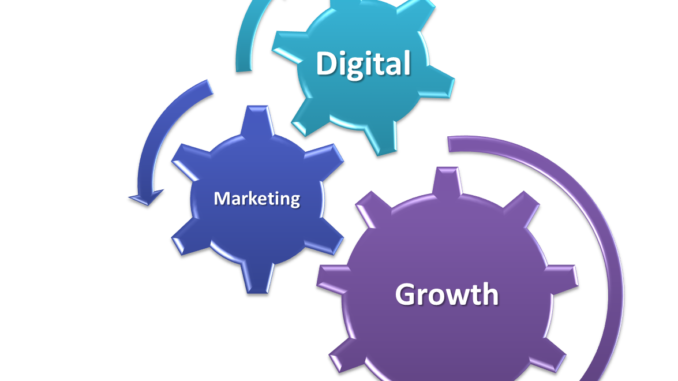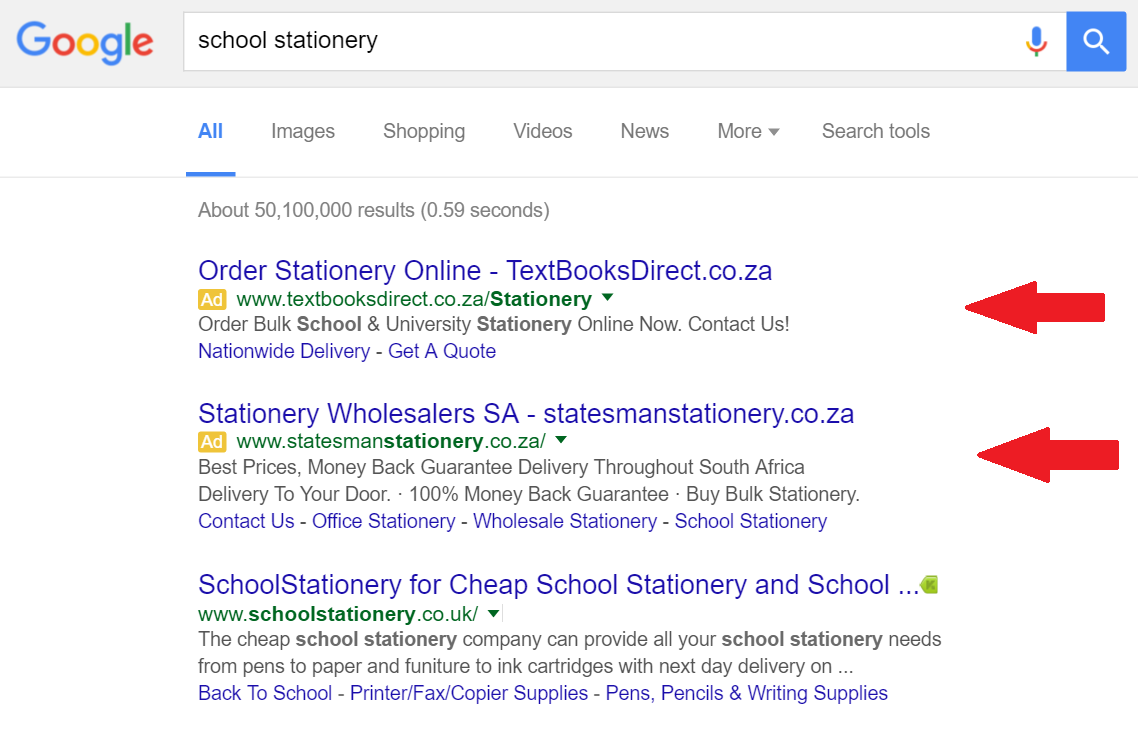
The internet has forever changed the marketing landscape.
Consumers have been given more choices and greater control. This results in marketers constantly refining their digital marketing plan.
Search engines are often people’s first step to finding a product or service.
We’re more comfortable doing online transactions and depend on targeted messages to guide their purchasing decisions.
In this era of digital communication, news about brands can diffuse quickly and broadly. Such changes in a brand’s business environment become even more frequent and influential.
Changes in consumer behaviour requires SMEs to rethink their marketing strategies in the digital domain.
If you think your SME is not fully leveraging the opportunities associated with digital marketing, then this article is for you.
We’ll guide you through the 8 components you need for your killer digital marketing plan.
Covering the Basics – What is Digital Marketing?
Also referred to as e-marketing, online marketing, digital marketing uses web-based technologies to build brands, scale businesses and help companies create and satisfy customer needs.
Using the internet, social media, mobile apps, and other digital communication technologies has become part of our daily lives.
For example, in the UK, over the last decade the number of hours spent online by adults has more than doubled. It now averages 20.5 hours per week (A.T Stephan, 2016, The role of digital and social media marketing in consumer behaviour).
The internet has changed the nature of the marketing environment. The good news is that web-based technologies can give you direct access to your markets.
So you’d be crazy not to use digital marketing to promote your business.
Some benefits of digital marketing include:
- Enabling your company, no matter its size, to compete internationally.
- A suite of media platforms to spread the message about your products, services and brands.
- More opportunities to educate customers about your business and products.
- Providing a vital platform for ongoing engagement with your customers.
- Obtaining timely feedback from your current and potential customers.
- Scaling up your business by facilitating growth and expansion.
- Generating faster revenues.
- Precise measurement of your marketing campaigns.
Digital marketing is so powerful that it can help transform your marketing approach overall. The goal is to establish your online identity, build trust and stimulate customer interactivity.
8 Elements of a Successful Digital Marketing Plan
1. Online advertising
One of your first steps should be to spend more of your marketing budget on online ads.
If you’re new to digital advertising, it can be confusing getting a grasp on the variety of online ads available.
We’ve compiled a short list of the primary online adverts:
- Google AdWords: These are online ads created within Google’s AdWords platform using targeted keywords. If the words typed into Google match your keywords, your ad can appear above the search results. Read our 14 Killer AdWords tips to help you get started.

Image Source: www.adspert.net
2. Search Engine Optimisation
Search engine optimisation (SEO) increases your brand’s online visibility through successful search marketing. You need to use on-page optimisation techniques and keyword strategies to get your brand in front of the people interested in your products.
In the past, SEO helped sites rank higher, sometimes in unethical ways. Today, SEO helps legitimise your website(s) and should be used to benefit the consumer.
Small and medium companies can do quite well in search engine listings, and receive a considerable return on investment on their SEO efforts.
For example, the figure below shows a search engine results page for the query ‘boat manufacturers’.
The top organic result is evidence of the companies search’s status.“Hardymarine”, Warriorboats and Fairline are the top three businesses found in our search query.
3. Online Content and Blogging
Blogging, along with other forms of content distribution has moved into the mainstream. The lines between blogging and traditional media have blurred. Establish a blog on your company website to help project personal and corporate messaging.
Brown, Broderick, and Lee (2007) found that blogs are the most trusted information source, secondary only to newspapers. Use your blog as a tool to facilitate your relationship with customers.
Fordway Solutions, an IT Infrastructure, Consultancy and Cloud company with 60 employees, use their blog to share information and educate customers around new IT solutions and services.
4. Web PR
Online press release distribution improves online visibility and will help you connect with your target audience. Press releases can be used effectively as part of an integrated link building strategy. However, utilise your press releases only when the content is truly worth sharing.
For example, bookseller.com published a release by Lion Hudson plc, regarding the retirement of their company’s MD Nick Jones. This release is newsworthy in the book publishing community and thus appropriate content to share within said industry.
Another example, is a press release published by Horticulture Week, featuring the Online Excellence Award being given to Crocus.co.uk, an online plant sales business. Not only is this a great media piece, it also talks about Crocus.co.uk redesigning their website to include rich content and videos, improvements resulting in double-digit conversion growth. Have a look at their website for inspiration.
Reach out to various media related websites and send them over a sold pitch, they may write an article on your company or feature your team in a blog post.
5. Social Media Management and Listening
Social media has become a significant source of interaction between consumers and their favourite brand. Use this medium to have a conversation with your customers.
Connect Catering has both a LinkedIn company page and Facebook business page which they use to publish updates regarding their business and interact with their customers.
The digital age have modified consumers’ expectations of branded communication.
The result is that consumers expect your brand to interact with them in a medium where the consumer controls every aspect of the conversation; the timing, the channel, and the content.
Establish some social media pages of your own and appoint somebody within your company to use a social media monitoring tool to find out what people are saying about you, so that you can respond in a timely manner.
6. Email and Online Newsletter Marketing
As long as they’re permission-based, email campaigns can be highly effective.
Milton Sanford Wines is a good examples of a company that creates highly effective email campaigns to bring communities together, while stimulating their business.
Follow their example and prompt customers to subscribe to your newsletter. You’ll get their email address and an open channel to communicating with them.
Email is one of the best forms of digital marketing as its cheap, direct, instantaneous, and easy to track, and it pushes your message to your audience. Be sure to customise your messaging and segment your email list.
Read our 13 powerful email marketing tips to transform your mailing list into a money-making machine for your business.
7. Mobile Marketing
SMEs can access a wider audience through their mobile devices.
The use of mobile phones as a marketing medium is quickly gaining popularity.
More businesses are gaining access to mobile phone numbers and using SMS to advertise their products and services.
Another factor is the growth of mobile web usage. Locally-based advertising also involves mobile devices and GPS. It exploits the knowledge about where a mobile device user is located. Users searching online for a product or service will get a list of options within their location.
For example, if you were in Oxfordshire and searching for a car dealerships using your phone, a below list would have popped up on your search screen.
8. Web Analytics
Use web analytics, like Google Analytics, to measure your digital marketing effectiveness and record online customer behaviour.
By using analytics you’ll gain a better understanding of your target audience.
This deeper analysis allows managers to better understand variations in message performance based on time of day, day of week, audience, and engagement metrics.
Website traffic and activity is also traceable and measurable.
By using a program like Google Analytics, you company can find out how your visitors found you and how they interacted with your site.
Use the information gained to help you plan your next digital marketing campaign and guide you to online success.
Develop a website rich in content, while keeping SEO in mind and connect with your customers via social media.
Use the 8 steps above to improve interaction with customers. Use the email address you’ve gathered from newsletter signups to build a database of verified contacts. This list can then be used for future marketing and email campaigns.
The future of online marketing is promising. Your business can’t afford to ignore it. You might just wake up one day to the reality that your company has been overlooked, or simply forgotten.
Make sure you aren’t left behind. Come and join one of Grow’s digital marketing courses.
The 12 Marketing Secrets of Fast-Growth Companies
Find out what they do to achieve outrageous business success
Get your free copy
